

Always There And All Apart
Nathan Beard , Caroline Garcia, Lara Chamas, Steven Rhall, Priya Srinivasan, Hari Sivanesan, TextaQueen
6–22 Dec 2017
Nathan Beard, Lara Chamas, Caroline Garcia, Steven Rhall, Hari Sivanesan, Priya Srinivasan + TextaQueen
Always there and all a part presents works that interrogate the complexities of navigating race in the arts. Whiteness is at the foundation of the sector, and the exhibition plays with the tension between diversity and inclusion discourse and the institutional Whiteness that frames the practices and bodies of non-White artists. Spanning both gallery spaces of BLINDSIDE, Always there and all a part unpacks what it means to make work for a White artistic community that is invested in creating an aesthetics of inclusion, while simultaneously only extending conditional invitations to diverse artists from within White spaces. The exhibition troubles these aesthetics and power dynamics at their borders and boundaries, across photography, performance, printmaking, video and installation.
Blindside is excited to host Andy Butler as the recipient of the 2017 Emerging Curator Mentorship.
The six month mentorship with curator Emily Cormack, is focused on curatorial research and the development of an exhibition at BLINDSIDE that interrogates Whiteness in the Australian arts sector. A key research question is to investigate how cultural diversity and inclusion discourse circulates in the arts, and to ask artists from different cultural groups to respond to the hegemonic and Eurocentric values that form the foundation of visual art in Australia.


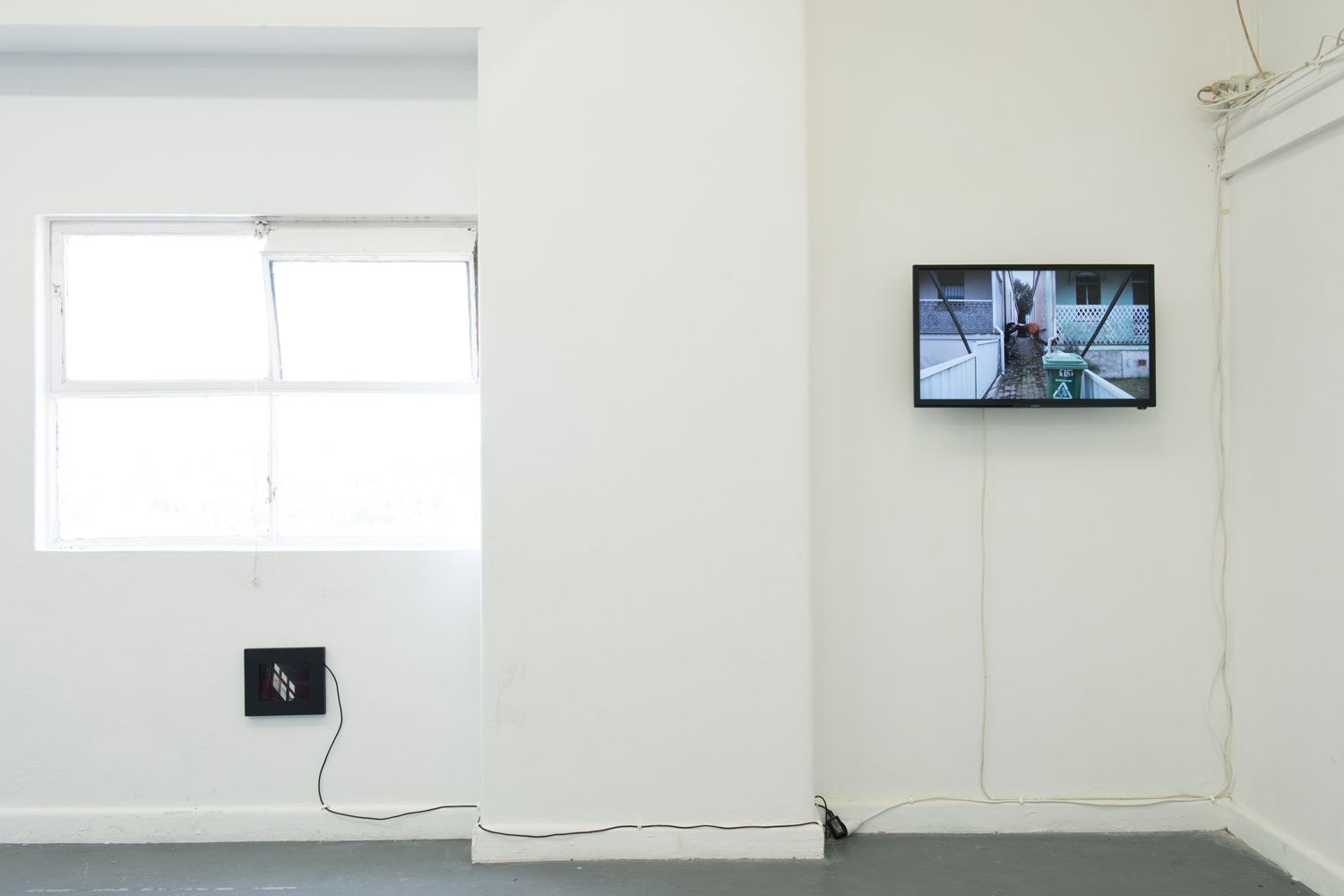

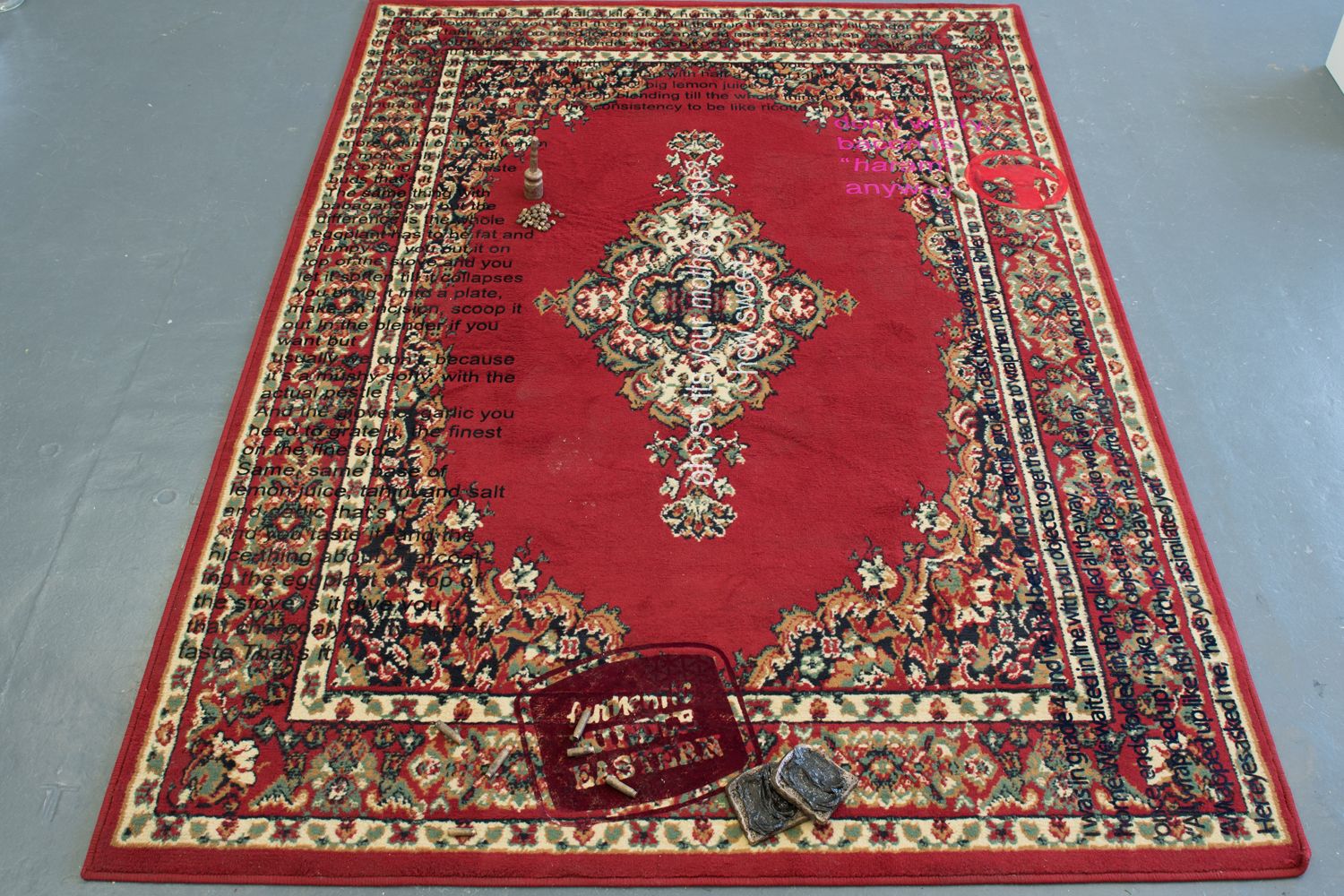

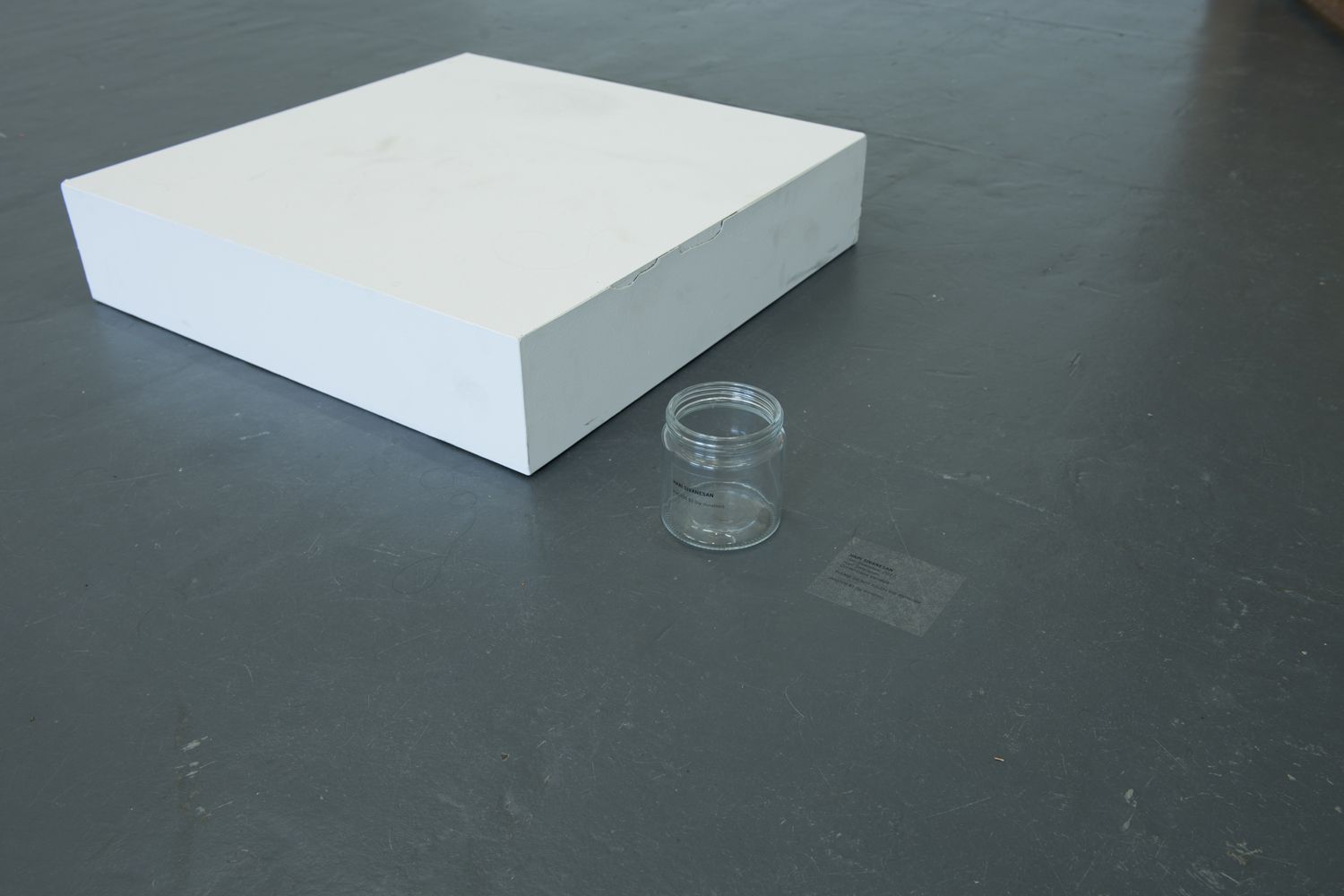

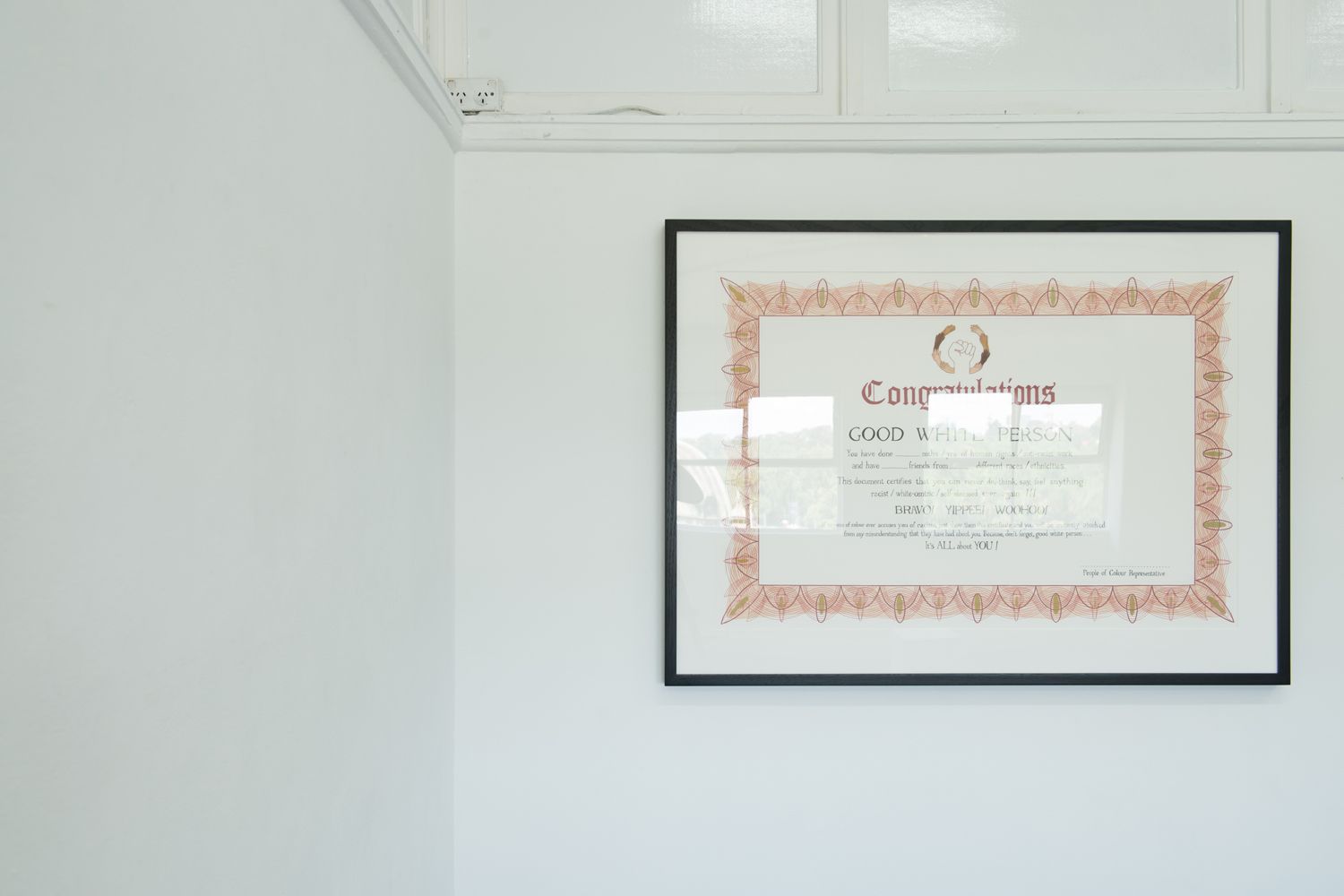

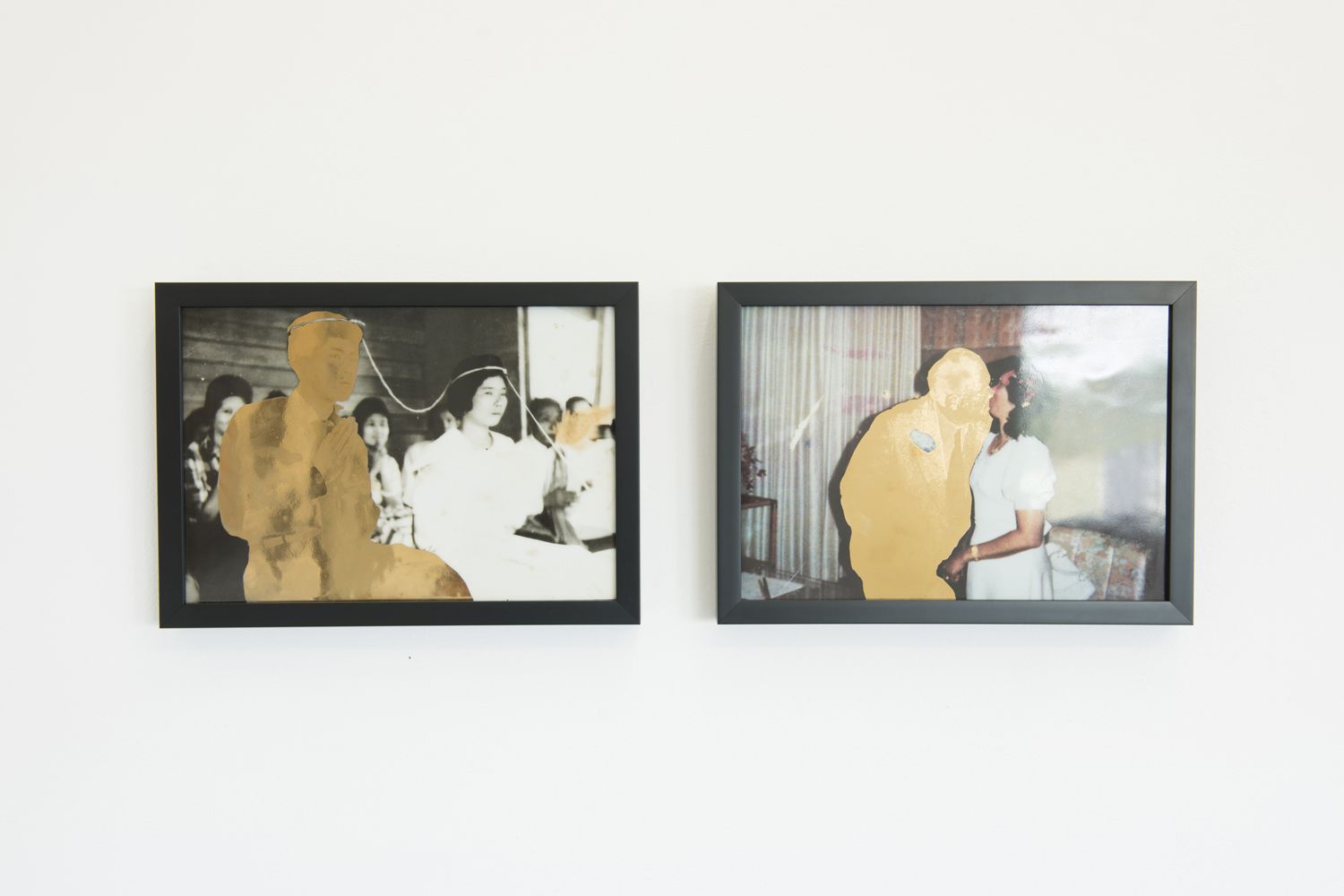



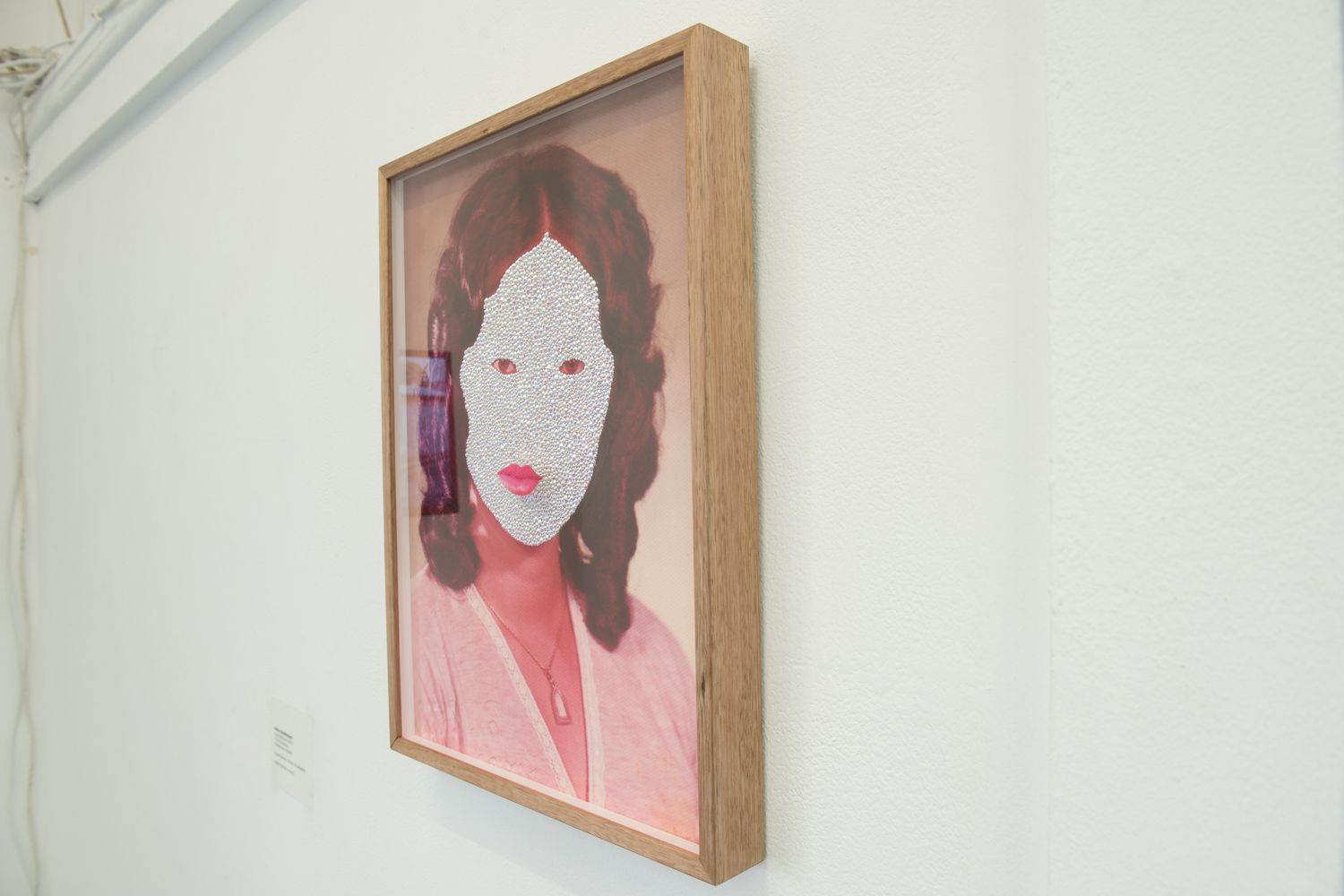



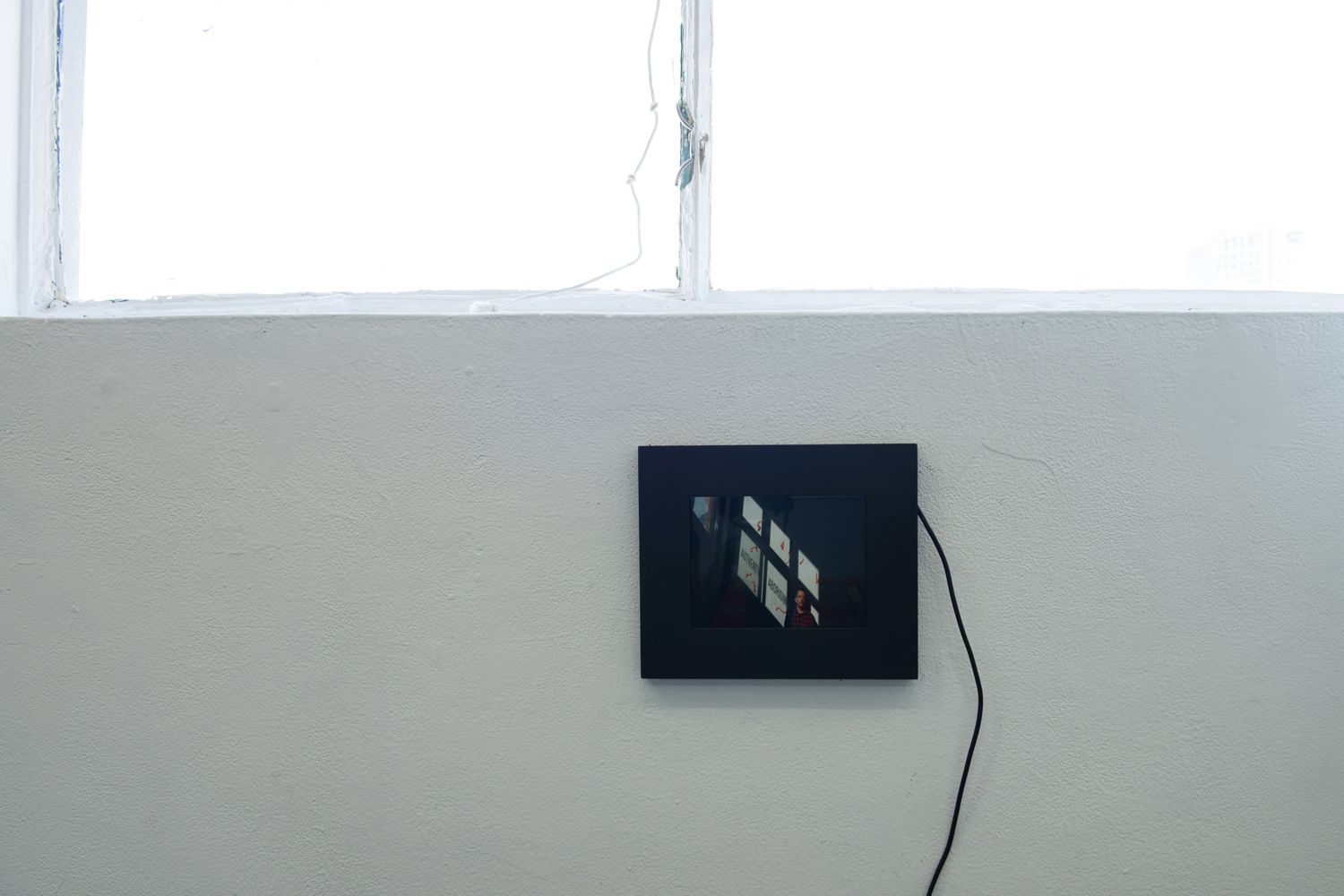





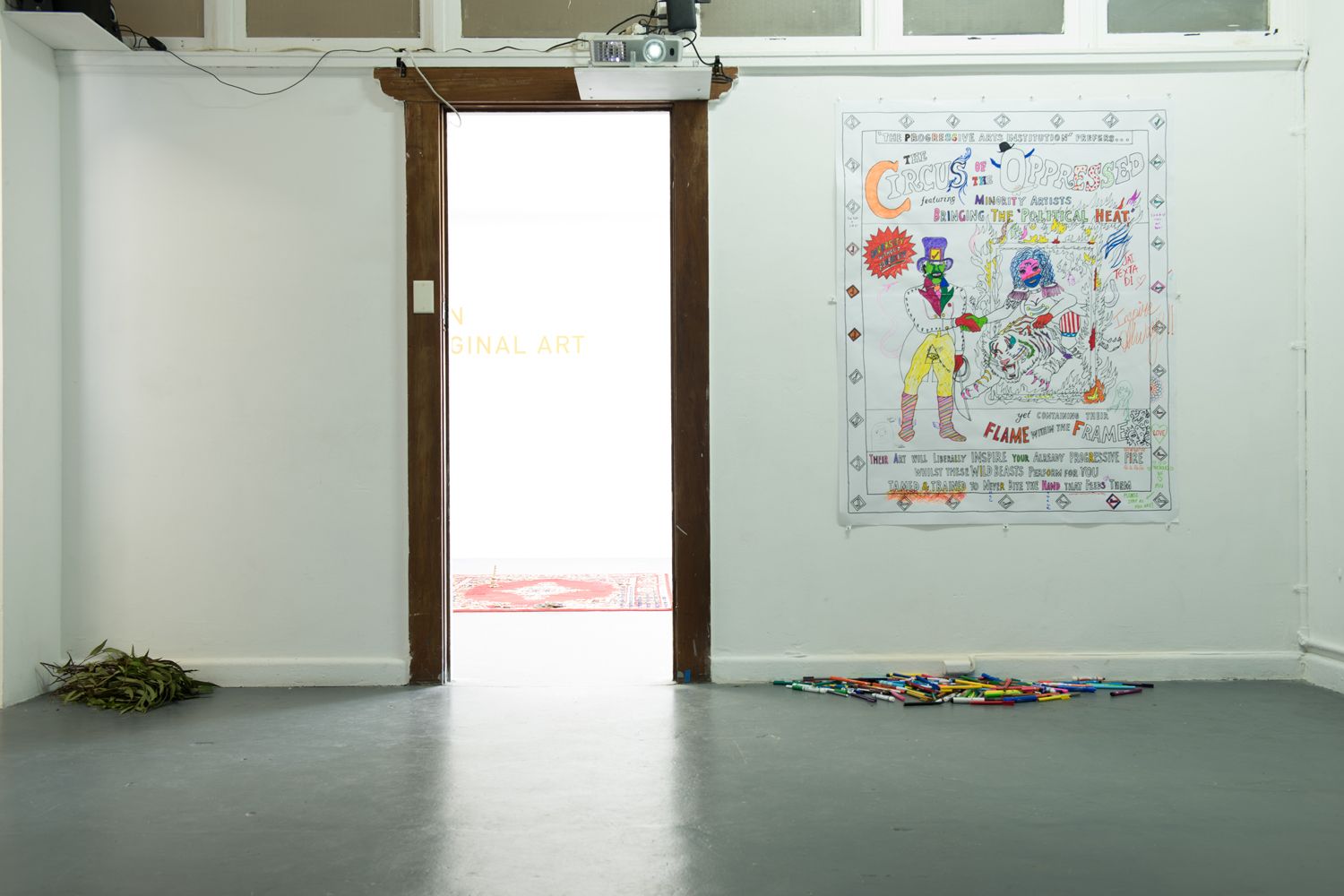

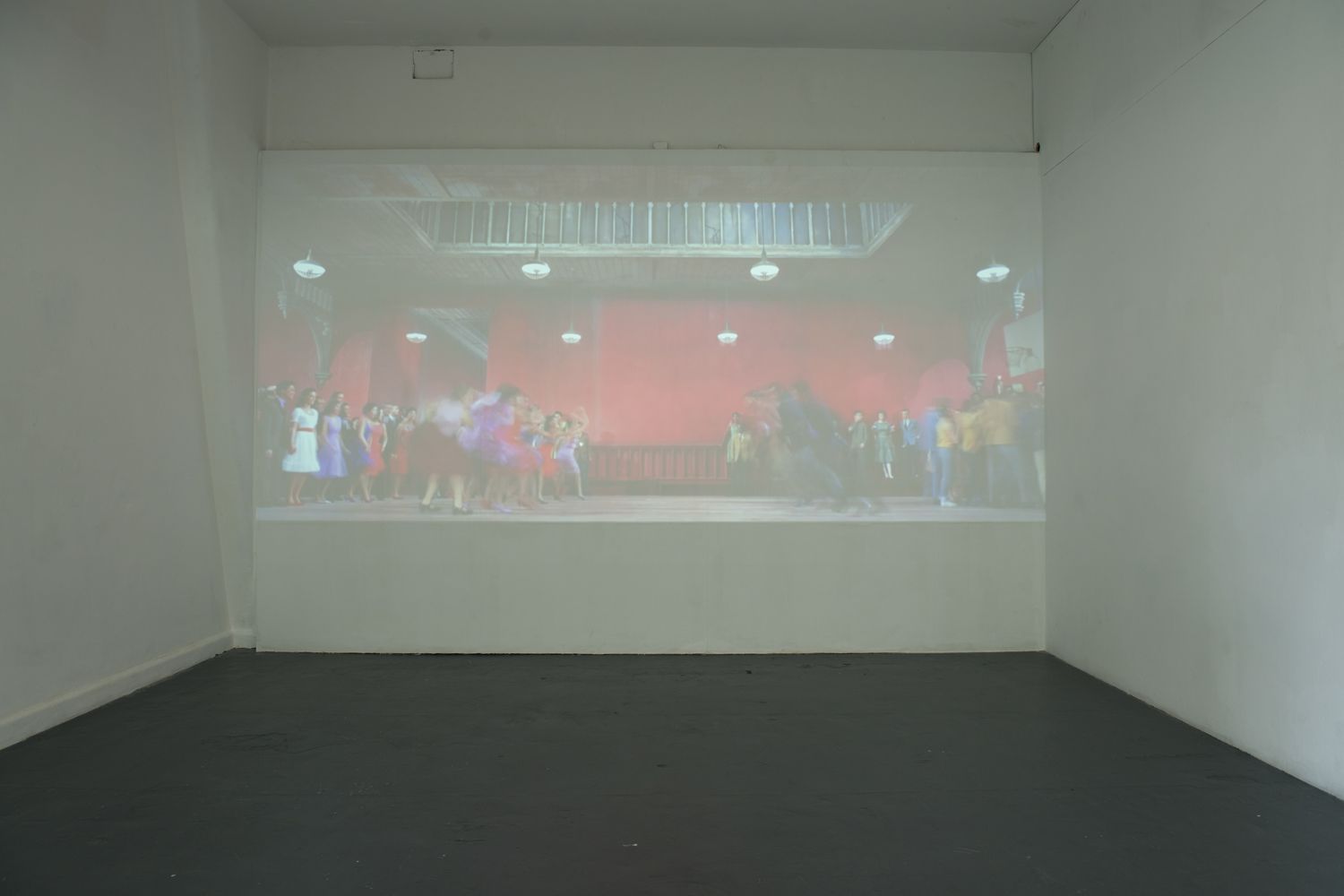

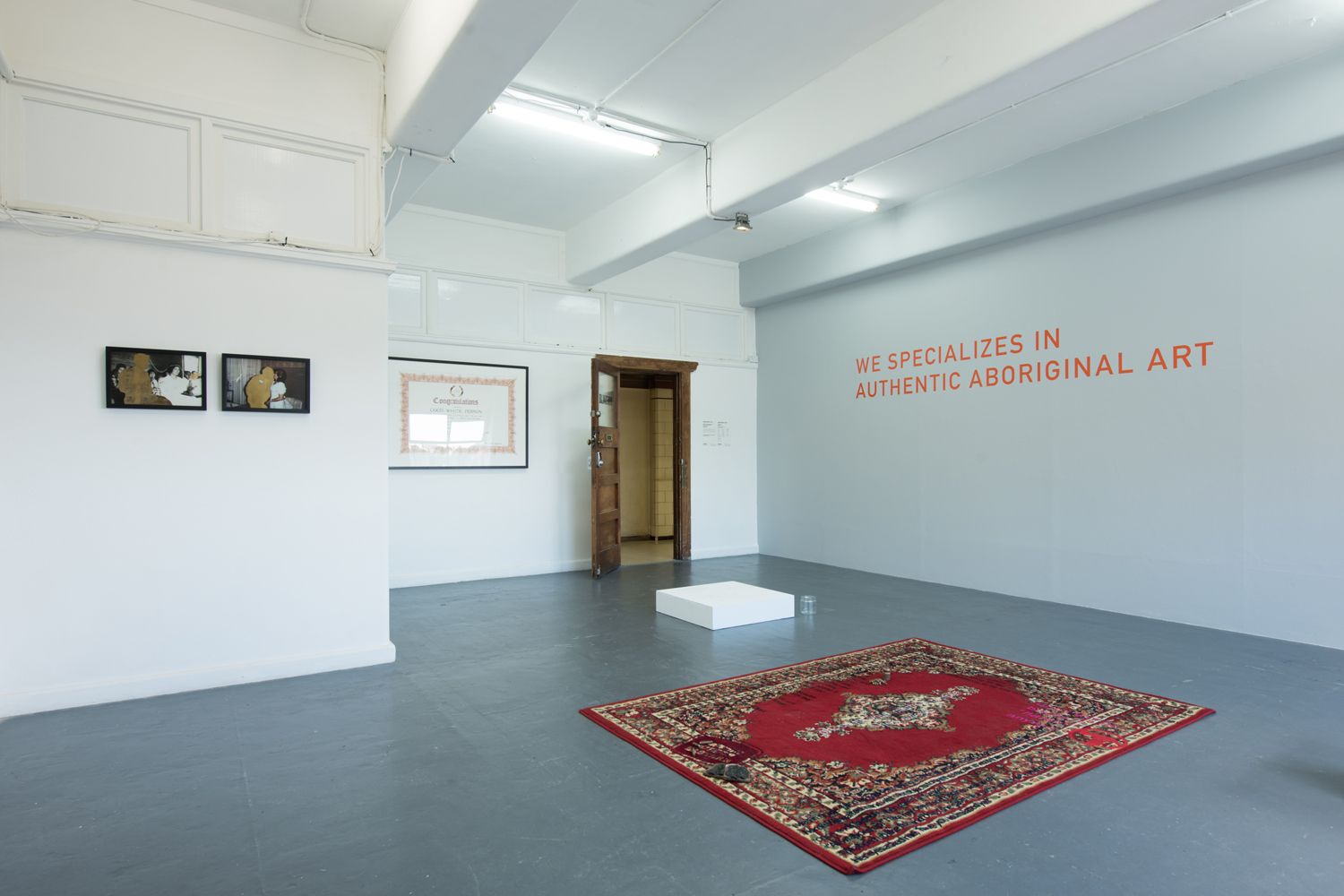



The Blindside Emerging Curator Mentor program is focused on curatorial research and the development of an exhibition at Blindside. This year's curator Andy Butler is working with mentor Emily Cormack.
Supported by the Victorian Government through Creative Victoria and the City of Melbourne.
This program takes place on the land of the Wurundjeri people of the Kulin Nation. We recognise that sovereignty was never ceded - this land is stolen land. We pay respects to Wurundjeri Elders, past, present and emerging, to the Elders from other communities and to any other Aboriginal or Torres Strait Islanders who might encounter or participate in the program.
Nathan Beard Nathan Beard (b.1987) is Perth-based interdisciplinary artist who works across mediums including photography, video and sculpture. His practice is primarily concerned with the influences of culture, memory and biography, in particular through the prism of his Thai-Australian heritage. Beard’s work often includes intimate and sincere engagements with family to poignantly explore the complex ways a sense of heritage and identity is negotiated. Beard holds a Bachelor of Arts (Art) with First Class Honours from Curtin University. Exhibitions include Hatched, PICA (2008), Memento Mori, Lawrence Wilson Gallery (2014), Obitus, Moana Project Space (2014), Anemone, Soy Sauce Factory (2014), Ad Matres, Artereal Gallery (2015), Future Archaeology, 4A Centre for Contemporary Asian Art (2015), E S T A T E S, 55 Sydenham Rd (2015), Dead Centre, Spectrum Project Space (2016), Radical Ecologies, PICA (2016), Alone and Palely Loitering, Firstdraft (2017) and WA Focus: Nathan Beard, Art Gallery of Western Australia (2017). Beard has been a finalist in the Victoria Park Art Award (2014), Iris Award, Perth Centre of Photography (2015), Fremantle Arts Centre Print Award (2015, 2016), and was the winner of the Award for Excellence in the City of Joondalup Invitational Art Award (2015). In 2017 Beard was shortlisted as a finalist for the John Stringer Prize. His collaboration with artists Abdul Abdullah and Casey Ayres, The Greater Asia Co-Prosperity Sphere, was presented at the NGV Studio for the 2012 Next Wave Festival the space between us wants to sing.
Caroline Garcia (Sydney, NSW) is a culturally promiscuous, performance maker. She works across live performance and video through a hybridised aesthetic of cross-cultural dance, ritual practice, new media, and the sampling of popular culture and colonial imagery. Caroline’s practice is shaped by alterity, echoing notions of cultural ambiguity and displacement by adopting the role of shape shifter - sliding into the gaps between cultures, experiences of otherness, and timeless clichés of exotic femininity. She is concerned with forgotten choreographies, alternate ways of viewing images of the past that eschew classical myths, and the mimetic capacities of the Filipina. Garcia has presented and performed at Underbelly Arts Festival, Channels: The Australian Video Art Festival (VIC), Proximity Festival (WA), Junction Arts Festival (TAS), The Art Gallery of NSW, MCA ARTBAR, Art Month Sydney, and PACT Centre for Emerging Artists, among others. She has exhibited at the ACMI, CCP, The Substation, Firstdraft, Sydney Contemporary, The Sydney Film Festival Hub, Blacktown Arts Centre and UTS ART.
Lara Chamas is a Lebanese, Australian artist, based in Naarm (Melbourne), fleeing from civil war, her parents migrated to Australia, where she was born. Her practice investigates topics of postcolonial and migrant narratives within the context of her cultural identity. Using narrative and experience documentation, storytelling, transgenerational trauma and memory and tacit knowledge; her research intends to explore links and meeting points between narrative theory, cultural practice, current political and societal tensions, and the body as a political vessel. Central to her practice is the expansion of these notions in a more historical and anthropological sense. With discussing geopolitical issues, research and first-hand experience is important to the authenticity of her work.
Steven Rhall is a post-conceptual artist operating from a First Nation, white-passing, genderqueer, positionality. Rhall's interdisciplinary practice responds to the intersectionality of First Nation art practice and the Western art canon. He interrogates modes of representation, classification and hierarchy using installation, performance, process lead methodologies, 'curatorial' projects, sculpture, and via public & private interventions. Rhall exhibits internationally, lectures at the Victorian College of the Arts, is a PhD candidate at Monash University on Birrarung-ga land (Melbourne, Australia).
Priya SrinivasanDr. Priya Srinivasan is a dancer, scholar and choreographer originally from Melbourne who combines theory and practice. She has a PhD in Performance Studies from Northwestern University and has created the form of "talking dances" based on her award winning book "Sweating Saris Indian Dance as Transnational Labor." Her book and subsequent performances connect modern, postmodern and Indian dance in triangulation with a focus on migration, labour, decolonisation and subalternity that forms the basis of her research and practice. Srinivasan's work brings together live bodily performance as politics with visual art, interactive multimedia and digital technology and she has been presented in diverse settings in many theatre houses, galleries, universities, museums, parks, historic buildings, and in public spaces around the globe.
Hari Sivanesan is truly a unique advocate for music and culture for a generation of artists born in the West. Hari is one of the UK’s most acclaimed Veena Artists and has recently moved to Melbourne, Australia. Having trained under Smt Sivasakti Sivanesan from the age of 8, he was the first scholarship awardee of the Asian Music Circuit to train in Chennai. This enabled him to learn the Gaayaki style under late Smt Kalpakam Swaminathan for a number of years. Hari's mature playing and rigourous training meant he was touring the UK and Europe by his early teens and was chosen by sitar maestro Pandit Ravi Shankar on numerous projects from a very young age onwards; including CDs, his US tours and UK projects. Sivanesan was chosen by BBC Radio 3 to play, present and produce a year long series of radio programs presenting Carnatic music to UK radio listeners. As part of this, He mentored under Smt Aruna Sairam, culminating in sharing a stage at the Royal Albert Hall with her for the first and only Carnatic BBC Prom in 2011. Hari has played, sung and composed as a soloist and for Bharatanatyam and Kathak extensively in the UK and Europe.
TextaQueen is known for using the humble fibre-tip marker to articulate complex politics of race, gender, sexuality and identity. Interested in how visual and popular culture inform personal identity, she examines the influence of cultural and colonial legacies on these dynamics, often in relation to her own existence as a person of Indian origin living on others' ancestral lands. Her work has been showcased at Gallery of Modern Art, Brisbane; Museum of Contemporary Art, Sydney; de Young Museum, San Francisco; Western Exhibitions, Chicago; Elga Wimmer Gallery, New York and Kunsthalle Darmstadt, Germany and is in collections including National Gallery of Victoria, National Portrait Gallery of Australia, and Heide Museum of Modern Art. A mid-career survey show is currently on tour via Mornington Peninsular Regional Gallery. She is a 2017 State Library of Victoria Creative Fellow. TextaQueen is represented by Sullivan + Strumpf, Sydney.
Andy Butler is a Filipino-Australian writer, emerging curator and artist. His practice interrogates the tension between diversity and institutional Whiteness in the arts. He is a participant in Footscray Community Art Centre’s 2017 Emerging Cultural Leaders program, and is undertaking a Glenfern Fellowship through Writers Victoria. Andy’s writing has appeared in Overland and Art+Australia, and is forthcoming in Runway. He is on the Programming Advisory Committee for the Emerging Writers Festival, and a committee member of Chapter House Lane.
Emily Cormack has been curating exhibitions since 2001 in an institutional, free-lance and artist run context throughout the Asia Pacific region and in Europe. Cormack maintains a particular focus on young and emerging arts practices, with her projects reflecting the experimentation and dynamism that occurs during these earlier years of an artist’s career. Since 2001 she has curated over 27 exhibitions and managed more than fifty, as well as consulting on numerous public projects. Emily has worked as Curator, Primavera, Museum of Contemporary Art, Sydney; Curator at Gertrude Contemporary, Melbourne, the Adam Art Gallery, Wellington and as Co-Founder and Co-Director of Conical ARI, Melbourne. In 2005 Emily managed the New Zealand Pavilion at the Venice Biennial, and in 2003 she undertook a Curatorial Internship at the Museum of Modern Art, New York City. Concurrently Emily has developed an independent practice as a Curatorial Consultant and has commissioned public art for institutions such as the Bendigo Hospital, Melbourne Metro, and National Centre for Synchrotron Science (NCSS) among others. In addition Emily writes for artist's catalogues and periodicals including Frieze magazine (UK), Art Agenda (USA), Art Asia Pacific, Art and Australia and Kaleidoscope (It) magazine. Emily holds a Bachelor of Fine Arts from Elam School of Fine Arts, Auckland University, NZ and an MA Art Curatorship from The University of Melbourne, and is currently a PhD candidate in Curatorial Practice at Monash University.
Related
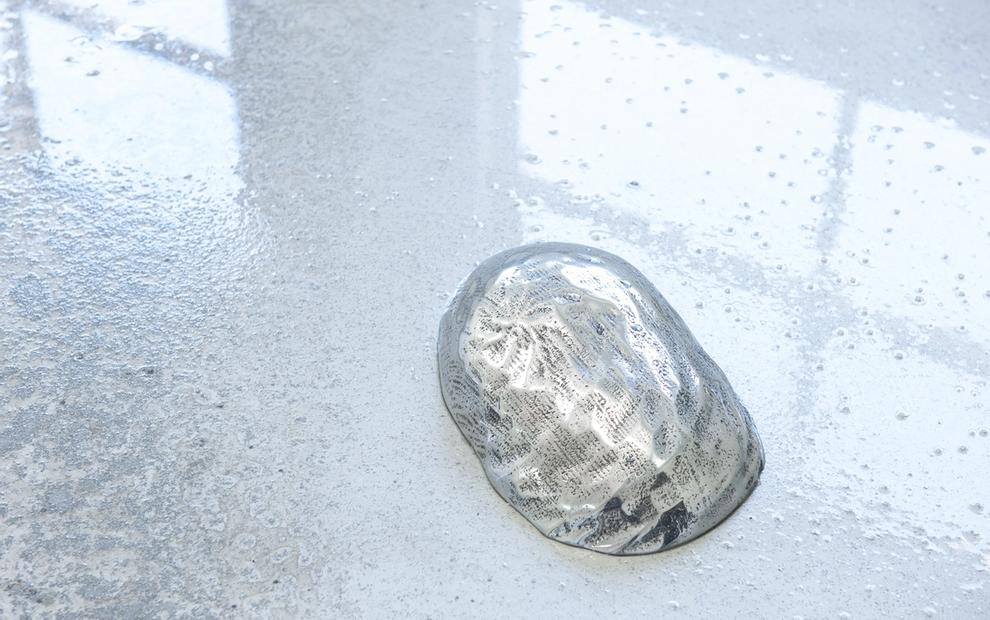
5–20 Dec 2019
Connecting in the Grey Zone
Jess Gall + Rebecca Jensen, Arini Byng, Eugene Choi, Ivey Wawn, Angela Goh, Isabella Hone-Saunders, ie.-bs
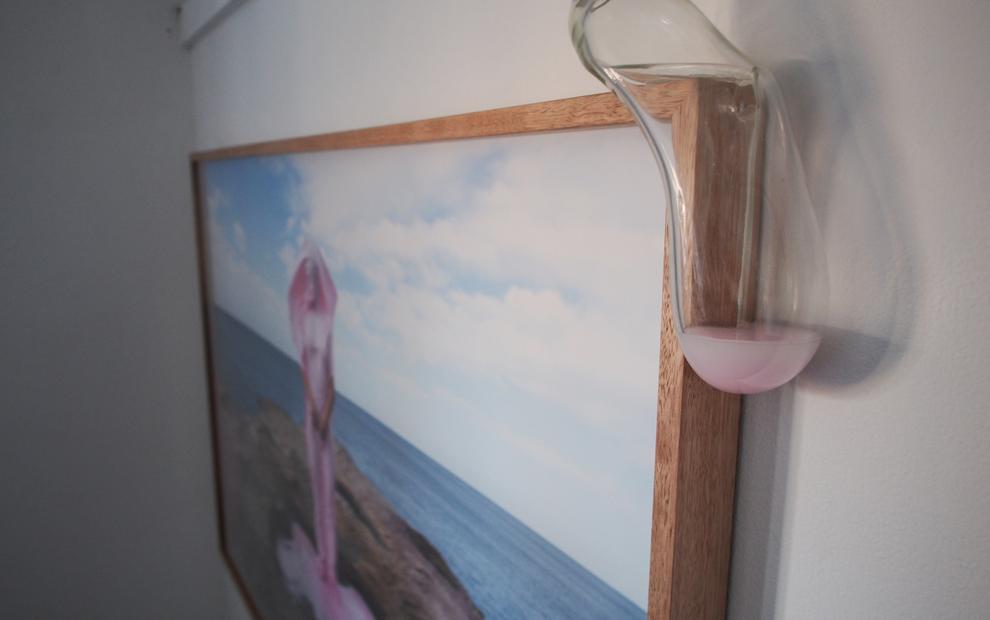
5–21 Dec 2018
Anticipation is Half of the Seduction
Helen Grogan, Christopher Boots, Shannon May Powell, Honey Long + Prue Stent, Kathleen Campone, Isabella Whāwhai Waru, Euphemia Russell
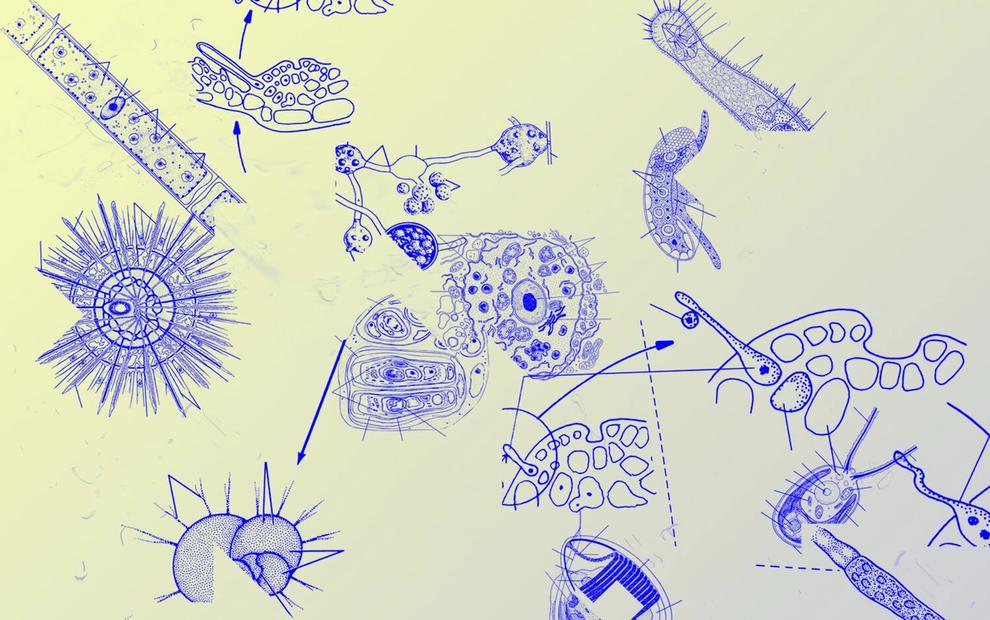
24 Feb–13 Mar 2021
Micro-(bial) Tenancies
110% (Kieran Bryant, Beth Dillon + Lachlan Herd), Beth Sometimes, Debris Facility Pty Ltd, Sarita Gálvez, Stefanie Hessler, Kate Hill, Isadora Vaughan
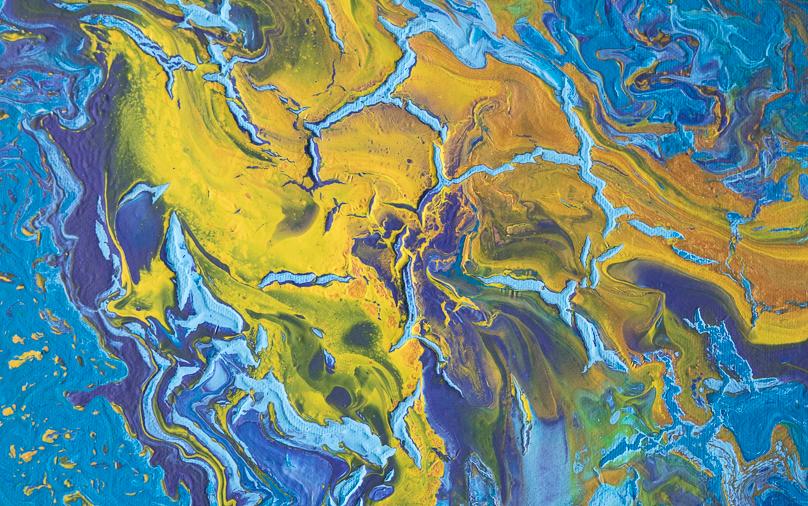
8–18 Dec 2021
Flow
Zia Atahi, Aida Azin, Tessa-May Chung, Leonie Leivenzon, Michael Tuhanuku, Maya Hodge, Luke Patterson, John Oh
















